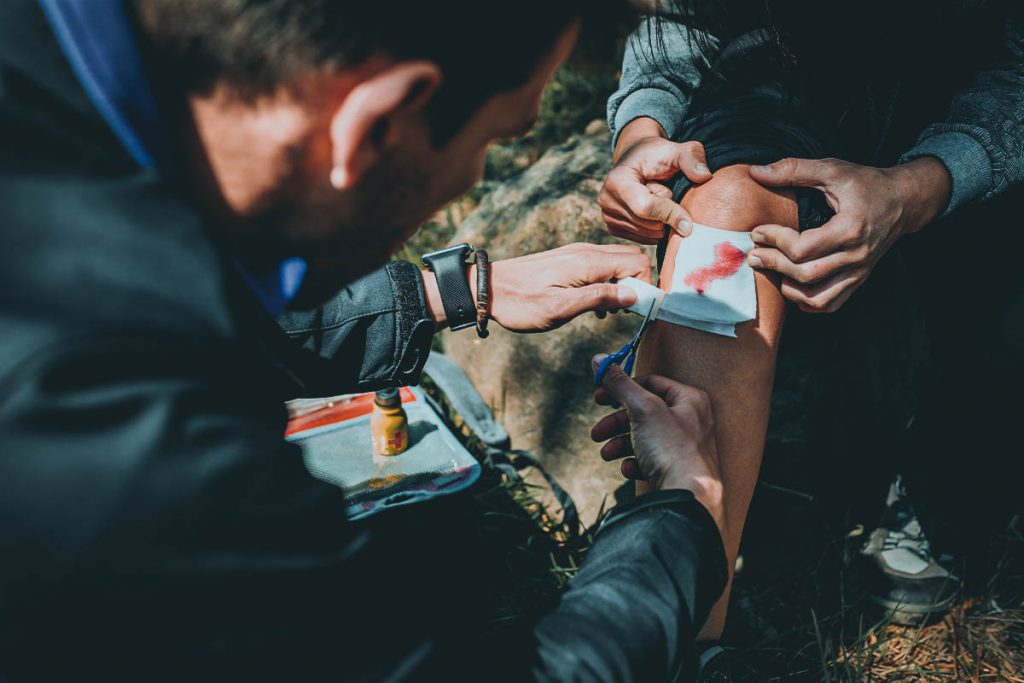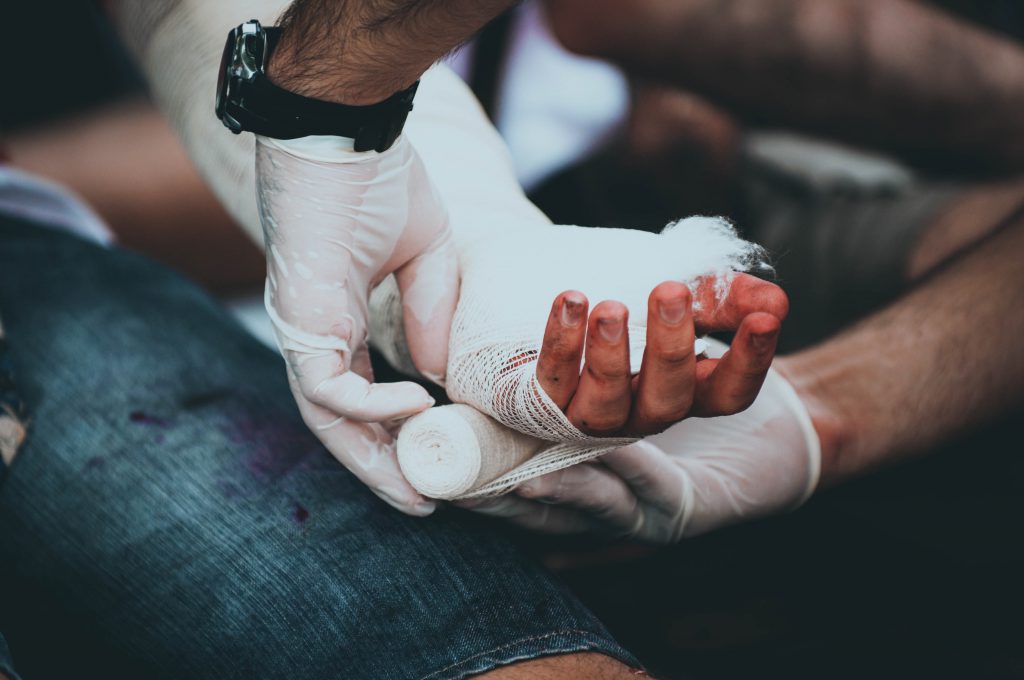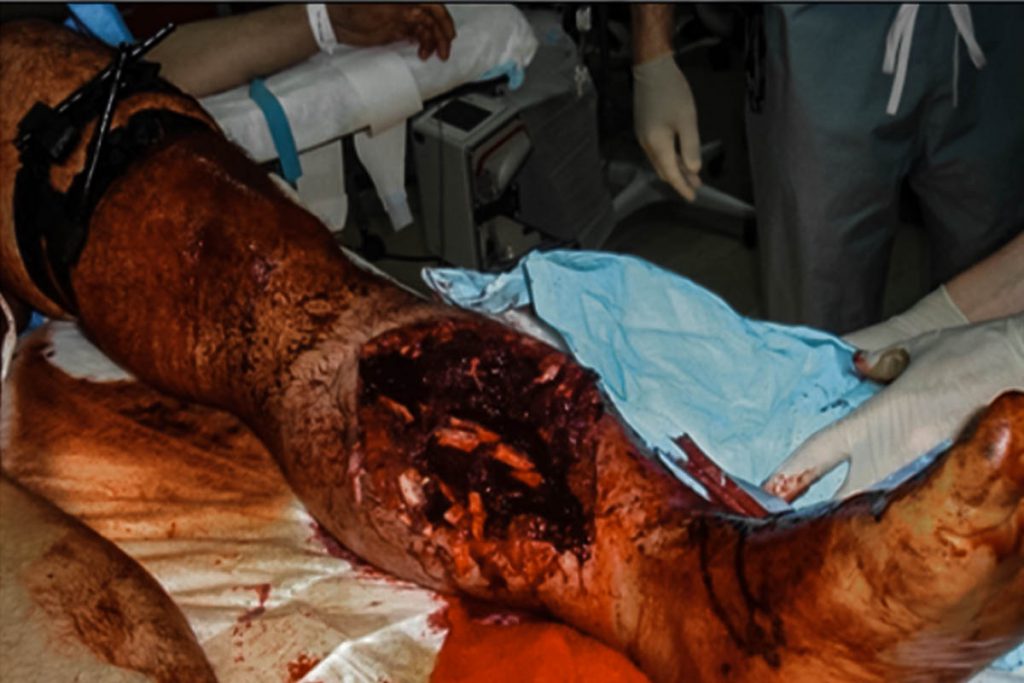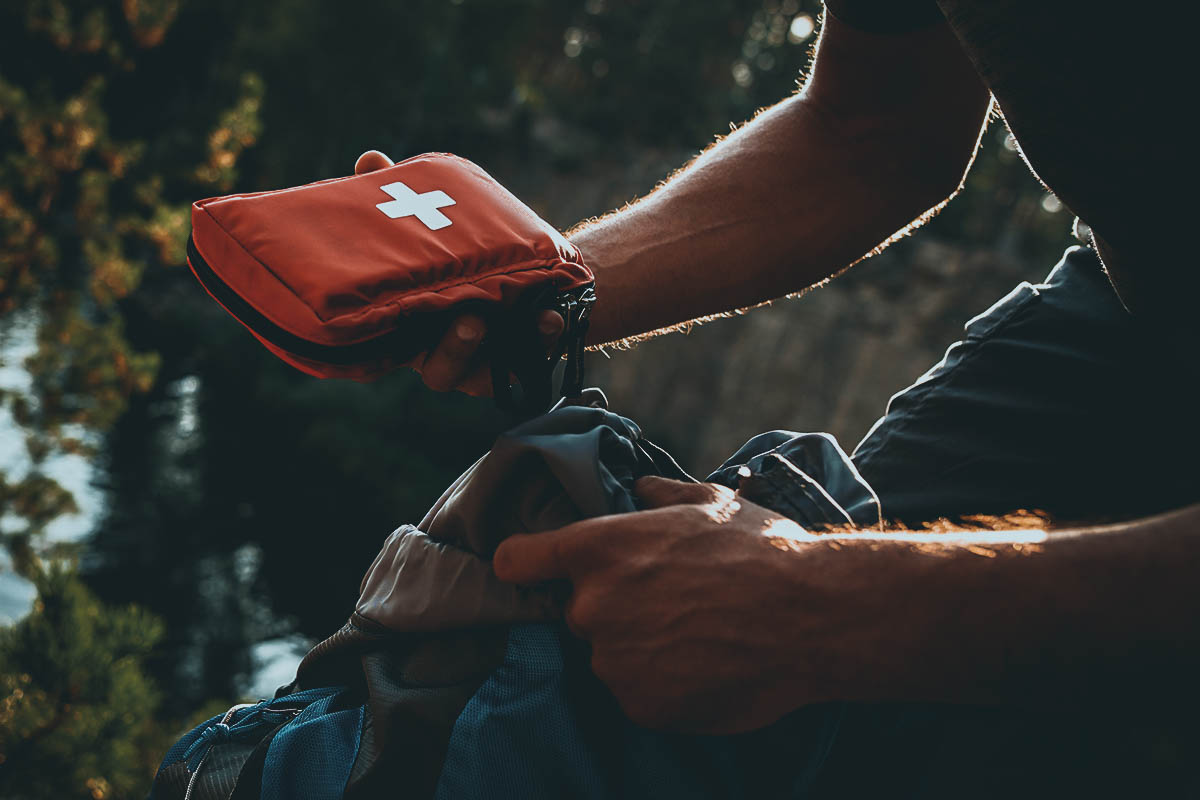As a woman, I always take my role as protector of my children and any children in my company very seriously. As a registered nurse by education, the tendencies to gravitate toward being a healer come naturally to me, but as medical preparedness-oriented men and women, proficiency in even simple skills should be something that we continually strive toward.
When it comes to even basic medical care and techniques, I feel that people often feel ill-equipped, lacking in certifications or degrees. They feel they must delegate medical care to someone more experienced or qualified by the standards deemed acceptable in their own thinking. This couldn’t be farther from the truth.
Our capabilities are much greater than we realize, and progressing forward on the path to becoming a skilled medical provider in our own homes and communities often starts with small steps of educating ourselves. I’m often asked, what medical gear or should I have?

RELATED – Understanding Blades: The Survival Knife
Outside of basic band-aids and Neosporin, there are a few easy items that every family should purchase and carry to increase self-reliance and to give some cheap insurance against life’s unexpected disasters.
Taking the time to learn these basic skills is an invaluable resource and helps to mold more of the mindset that an ounce of prevention is worth a pound of cure. Here’s a basic yet powerful starting point to help you become medically prepared and grow in your confidence, skill sets, as well as your ability to help and influence others around you.
I encourage you to make a plan to check off the actions and items on this list in their entirety. Soon you’ll be implementing and investing in skills and tools that will improve and evolve your medical preparedness mentality and abilities into a safety net for your friends and family that you’ll be proud to possess.

- Purchase CAT tourniquets for all of your vehicles, first aid kits, and EDC bags. This outside-the-waistband tourniquet holder will help keep your TQ retained on your car’s visor panel, on your waistband, or in your EDC bag.
- Watch a training video on using and applying the CAT tourniquet to a wound, practice until you feel proficient, and then teach every member of your family to do the same. In teaching others, we empower them to be prepared as well, but we also solidify our own technique and understanding. Having a tourniquet in your first aid kit is one thing, but knowing how to use it is another.
- Purchase and carry a basic first-aid kit. Make sure that your medical supplies and kit include a variety of bandages, alcohol prep pads, tweezers, and a disinfecting cream. To substantiate your medical kit, I suggest adding a small bottle of saline rinse, gel super glue, and trauma shears.

- Invest in a basic hemorrhage response kit, or BHRK: If serious bleeding occurs, your first aid kit gauze most likely won’t go very far. This curated kit includes hemostatic dressing, Quick Clot, rolled gauze, trauma dressing, and nitrile gloves to help turn a bad situation into a hopeful one. The BHRK is small enough that it can fit easily in your purse, bag, or backpack.
- Purchase a chest seal and keep it in your first aid kit with your other medical supplies. In the highly tragic event of a chest wound or injury from a gunshot or other source, a chest seal is necessary to preserve life when the integrity of the lungs has been compromised. It’s simple to apply and is a fairly inexpensive but highly useful addition to your first-aid kit.
RELATED – Survival Garden 105: How to Plant a Garden
Other basic medical supplies that you should have in your trauma/medical kit include hemostatic gauze, gauze pads, antiseptic wipes, antibiotic ointment, bandages/adhesive bandages, sam splints, trauma shears, hydrogen peroxide, adhesive/duct tape, scissors, nasopharyngeal airways, burn cream, insect bite ointment, an irrigation syringe, among others.
Most of the time you’ll treat minor emergencies or injuries, such as a sprained ankle, a small cut, or a scrape. You don’t have to be a tactical medic. However, if you do experience an emergency that’s more serious, luckily, you’ll be prepared.
Your first aid kit should be the first thought when a medical emergency or injury occurs. The average time it takes for someone to bleed out is 2 to 5 minutes, and the average time it takes for first responders to arrive on the scene is 7 to 10 minutes.
That statistic tells us that in many cases, you are your own first response. Can you hold yourself over before first responders can get you to definitive care? I implore you to look at your own medical preparedness and follow my recommendations to have these items on hand. It can save your life, as well as the lives of others. Hopefully, experiencing an emergency won’t be what pushes you to become more prepared, but rather, an urge to protect yourself and those around you.
This content was originally posted by Fieldcraft Survival on July 9, 2021.
READ NEXT – Wilderness First Aid: The Backcountry Med Kit Every Hunter Should Carry








Comments